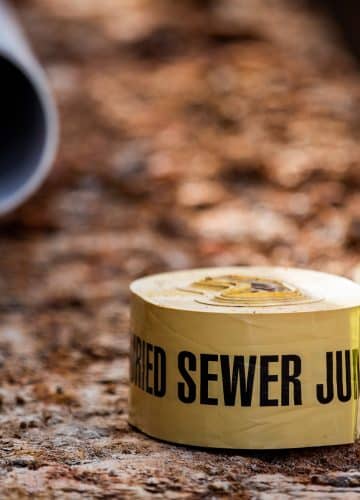What Sewage Pumping Stations Are
Sewer systems can move by gravity alone when designed along a downward slope, but they must be moved mechanically when faced with upward inclines and hills. Handling raw sewage manually can prove to be dangerous and is discouraged, and the process of transporting waste materials from buildings to sewer mains should be automated as much as possible. A sewage pumping station is the best solution to such problems.
Sewage pumping stations make use of specialised processes and devices to push sewage up against gravity, allowing it to reach its destination without getting blocked or stuck along the way. These pumping stations must handle sewage carefully to avoid rupturing conveying pipes and tubes or otherwise causing hazardous leaks to occur.
Each of the key elements of a pumping station assists in maintaining proper flow of sewage from individual sources within buildings to the mains sewer. Knowing how sewage pumping stations actually function is the first step towards designing, constructing and maintaining them correctly. The details below should shed some light on these integral parts of modern sewer systems.
How Sewage Pumping Stations Work
Sewage pumping stations use actual pumps to push raw sewage forward on its journey from source to sewer mains. Normally, sewage leaves buildings and travels downward via gravity-fed pipes. Eventually, this raw sewage reaches an underground reservoir designed to contain it without leaking. This space is often referred to as a wet well and it usually is where the necessary pump is positioned. Once sewage within the wet well rises to a predetermined level, the pump is triggered to start up.
The sewage station pump generates sufficient pressure within the wet well to forcibly push waste materials uphill and into a mains sewer line or reservoir. Once there, hazardous waste can continue its journey without requiring human intervention or constant manual maintenance. However, although sewage pumping stations work well, these types of systems are not without their quirks. There are a number of issues that can arise with these systems without scheduled maintenance.
Sewage Pumping Obstacles
The following obstacles can sometimes complicate sewage pumping station designs and undermine their overall reliability.
Sewage pumping stations are not purely gravity-fed. The pump used to push sewage out to the mains sewer system is normally powered by electricity. This makes it susceptible to power outages, faulty or damaged power connections and more. It also makes implementing sewage pumping stations more costly over the long term than a traditional sewer system would be.
As your pump wears down with time and use, it will need servicing or replacing. This alone can be a costly endeavor. However, high quality pumps installed by knowledgeable experts can keep on working for many years to come with minimal upkeep.

















